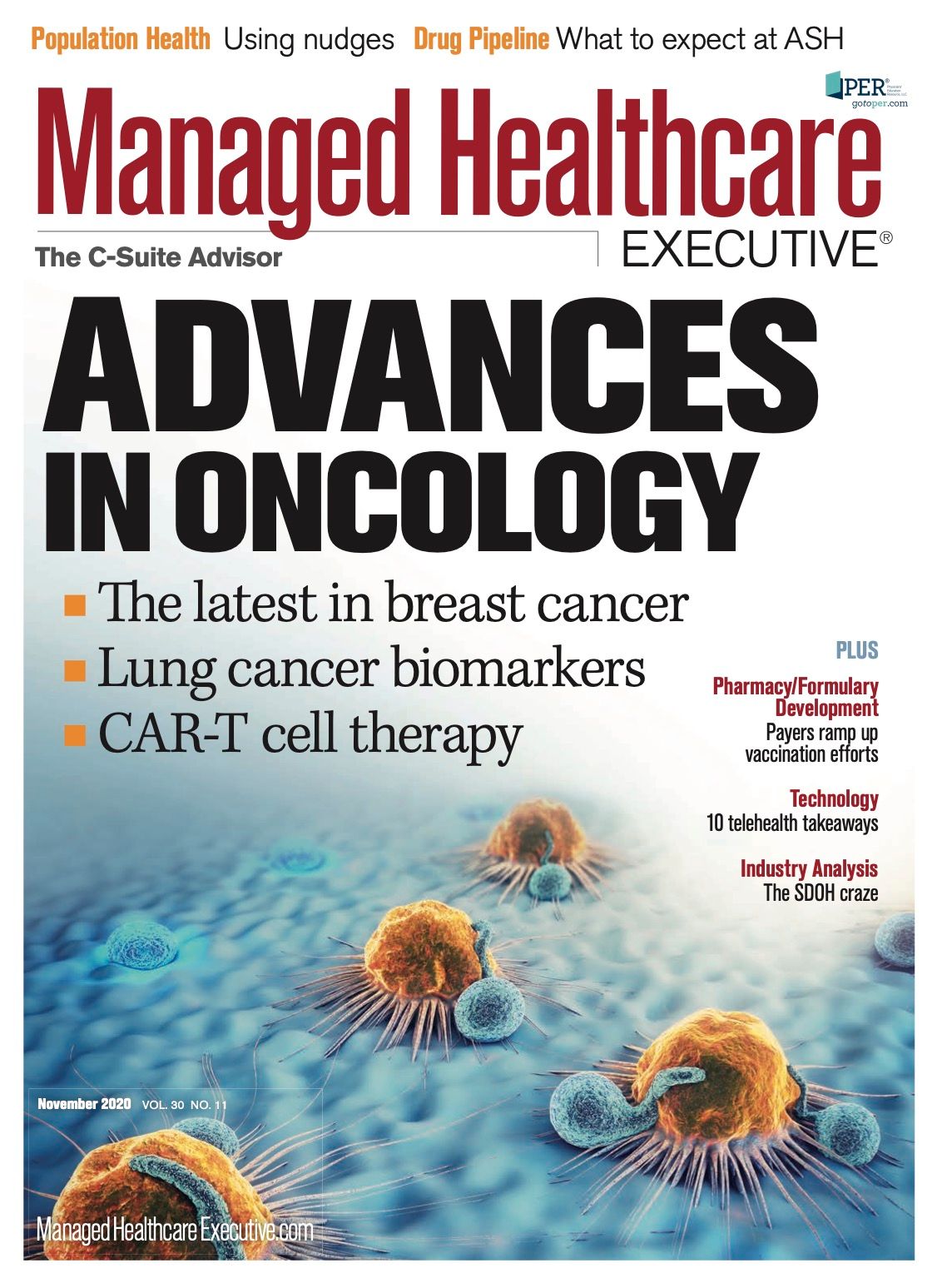ACOs Edging Toward Downside Risk
The Trump administration’s push to get more Medicare Shared Savings Program (MSSP) ACOs to take on downside risk is having an effect, but there are still many nontakers.
The Trump administration’s push to get more Medicare Shared Savings Program (MSSP) ACOs to take on downside risk is having an effect, but there are still many nontakers.
According to tallies in an analysis published on the Health Affairs blog last month, 53% of the 139 MSSP ACOs that migrated out of the regular MSSP program last year into the administration’s Pathways to Success program took on downside risk. That makes sense because the Pathways program is designed to encourage ACOs to take on downside risk. But a greater proportion (309 out of 514, or 60%) of the MSSP ACOs stayed in the legacy program and only 17% of those ACOs took on downside risk.
Trump administration health officials — and a number of experts outside the administration — have argued that the ACOs will realize their value-base care potential only if they take on downside risk, the shorthand way of saying that penalties would be assessed if the ACO exceeds financial benchmarks.
The analysis was conducted by Mark McClellan, M.D., Ph.D., director the Duke-Margolis Center for Health Policy at Duke University, and his colleagues.
McClellan, who was FDA commissioner and CMS administrator during the George W. Bush administration, and his co-authors say cost and quality metrics for ACOs this year will be “muddled” because of the COVID-19 pandemic and uncertainty about the effects of the adjustments CMS has made in the program. They note, though, that the dire scenario of an exodus of ACOs because of the Pathway of Success rules didn’t happen last year

Conversations With Perry and Friends
April 14th 2025Perry Cohen, Pharm.D., a longtime member of the Managed Healthcare Executive editorial advisory board, is host of the Conversations with Perry and Friends podcast. His guest this episode is John Baackes, the former CEO of L.A. Care Health Plan.
Listen
Ohio’s Medicaid Work Requirement Efforts Aim to Boost Engagement, Avoid Coverage Loss
April 18th 2025Maureen Corcoran, director of the Ohio Department of Medicaid, believes the work requirement policy can be both a financial and moral effort to improve the lives of Medicaid consumers.
Read More
Breaking Down Health Plans, HSAs, AI With Paul Fronstin of EBRI
November 19th 2024Featured in this latest episode of Tuning In to the C-Suite podcast is Paul Fronstin, director of health benefits research at EBRI, who shed light on the evolving landscape of health benefits with editors of Managed Healthcare Executive.
Listen
Why Better Data and Awareness Matters for Medicaid Work Requirements
April 17th 2025With policymakers considering work requirements for Medicaid eligibility, Jennifer Haley, principal research associate in the Health Policy Division at the Urban Institute, said it’s more important than ever to understand how those changes could unintentionally cause harm, particularly when data systems fall short and public awareness is limited.
Read More